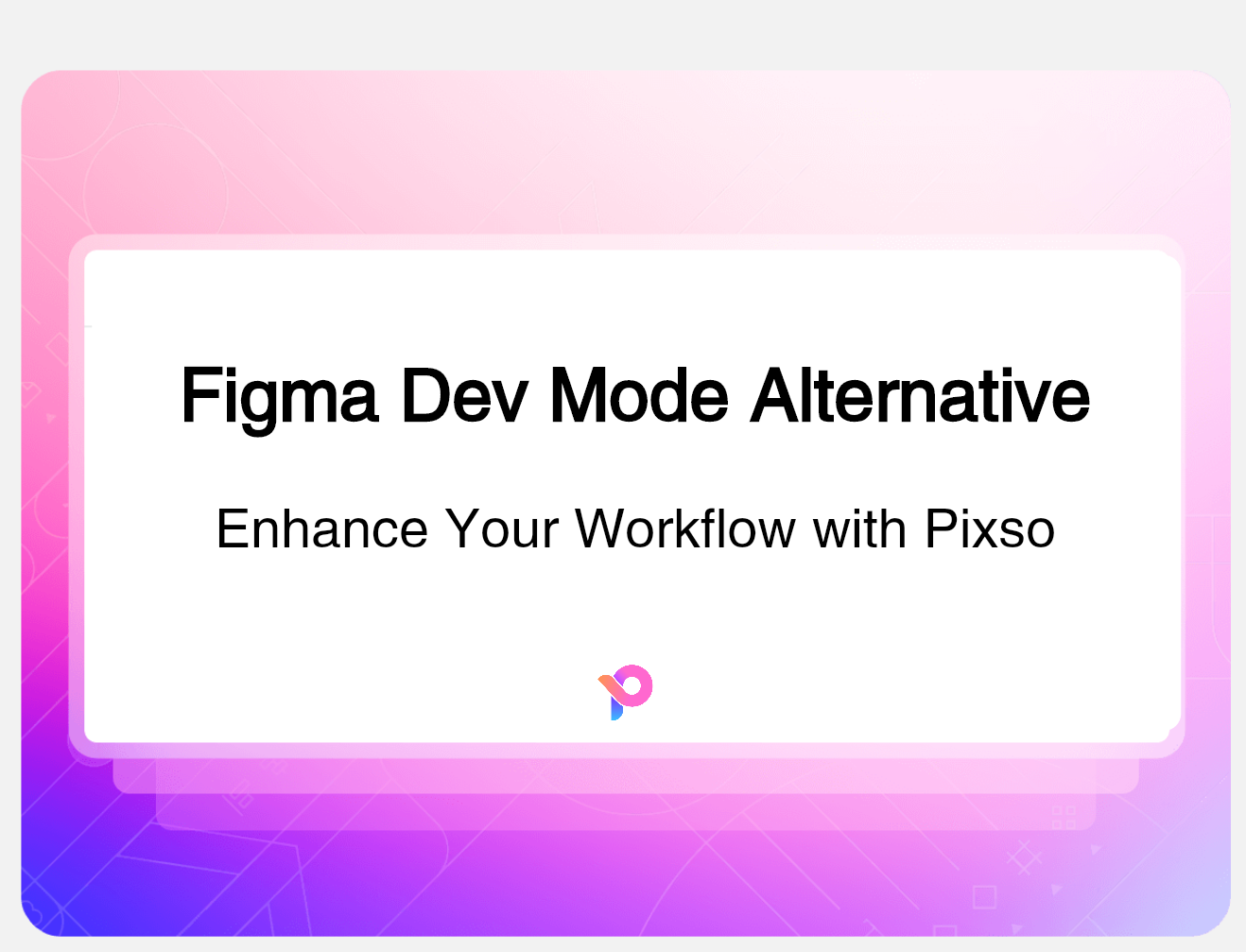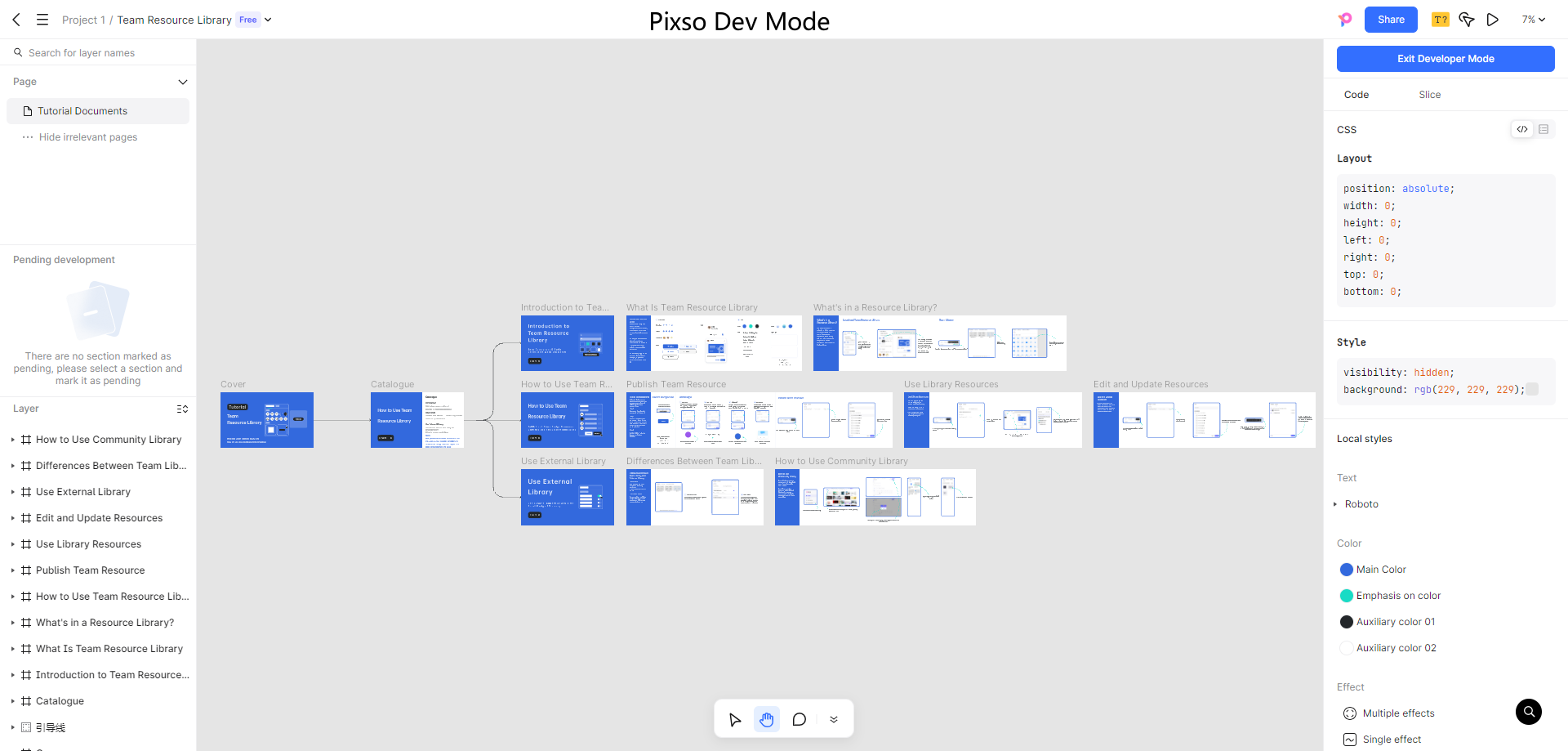In the fast-evolving medical technology field, Sunrise Labs has made a significant mark in medical device prototyping. Their work amalgamates technical prowess and a strong emphasis on user experience. In this blog, we'll comprehensively explore their design processes, carefully evaluate the merits and drawbacks, and deeply investigate how tools like Pixso are utilized to enhance user experience. This in-depth analysis aims to provide valuable knowledge and inspiration for the entire medical device sector.
What Is Sunrise Labs?

Sunrise Laboratories is a renowned entity in the medical device industry, boasting a team of dedicated professionals from diverse backgrounds. Comprising engineers, designers, and medical experts, this collaborative group is committed to pushing the boundaries of medical device prototyping. Since its inception, Sunrise Labs has been at the forefront of developing prototypes that aim to address the unmet needs in healthcare. Their portfolio spans a wide range of medical devices, from handheld diagnostic tools to complex surgical equipment, all designed with the ultimate goal of improving patient care and healthcare providers' efficiency.
User Experience: Pros and Cons of Sunrise Labs' Medical Device Prototyping

- User-centered Design: The Good and the Bad
Positive Aspects
- In-depth User Research: Sunrise Laboratories places great emphasis on understanding the end-users. They conduct comprehensive research involving patients, doctors, and nurses. For example, when working on a new diabetes management device, they interviewed hundreds of patients with different lifestyles and physical abilities. This research led to the design of a device with a large, easy-to-read display and intuitive controls, catering to the needs of patients with vision problems or limited dexterity.
- Iterative Design Process: Based on user feedback, Sunrise Labs adopts an iterative design approach. They continuously refine their prototypes, making improvements to functionality and user-friendliness. In the case of a new surgical instrument prototype, after observing surgeons in operation theaters, they modified the grip design to enhance comfort and precision during procedures.
Negative Aspects
- Feature Overload: Sometimes, in an attempt to incorporate the latest technology, Sunrise Labs prototypes suffer from feature overload. A recent prototype of a patient-monitoring device had too many advanced features, making it difficult for medical staff to operate efficiently. This complexity led to confusion and potential errors in critical situations.
- Lack of Inclusivity in Design: In some instances, the design may not fully consider the needs of all user groups. For example, a new wheelchair-accessible medical device prototype had height-adjustment mechanisms that were too difficult for some disabled patients to use independently, highlighting a lack of inclusivity in the design process.
- Usability and Comfort: Pros and Cons
Positive Aspects
- Intuitive Interfaces: Many of the medical device prototypes from Sunrise Laboratories feature user-friendly interfaces. A new infusion pump, for instance, has a touch-screen interface with clear icons and simple navigation, allowing nurses to program and monitor the device with ease. This intuitive design reduces the learning curve and improves the overall efficiency of healthcare providers.
- Ergonomic Considerations: The laboratory also pays attention to ergonomics. A portable X-ray machine prototype was designed with a lightweight body and a comfortable handle, making it easier for medical staff to carry and operate during mobile diagnostic procedures.
Negative Aspects
- Durability vs. Comfort Trade-off: In some cases, the pursuit of comfort may come at the expense of durability. A wearable health-tracking device prototype, although comfortable to wear, had a fragile build and was prone to damage, especially during active use by patients.
- Noise and Vibration Issues: Some medical device prototypes, such as a particular model of a surgical drill, produced excessive noise and vibration. This not only affected the comfort of the patients during procedures but also distracted the medical staff, potentially impacting the quality of the treatment.
Design Tools for Enhanced User Experience: A Closer Look at Pixso

Key Features of Pixso
- Collaboration-friendly Environment: Pixso offers a seamless collaborative platform. Designers, engineers, and medical advisors can work together in real-time, sharing ideas and making instant changes to medical device prototypes. This collaborative feature ensures that all aspects of user experience, from design aesthetics to technical functionality, are considered and refined.
- Abundant Design Resources: The tool provides a rich library of design components, templates, and assets specifically tailored for medical device design. For example, when designing the interface for a new medical imaging device during medical equipment prototyping, designers at Sunrise Labs can quickly access pre-designed medical-grade icons and layout templates, saving time and ensuring a consistent and professional look.
Application in Medical Device Prototyping

- Simplifying Design Workflow: Pixso helps simplify the design process. Its pre-set grids and layout guidelines for medical device interfaces let designers quickly set up basic layouts. For example, when creating an anesthesia delivery system interface, a team can save time using Pixso's grids.
- Boosting Visualization and Feedback: The tool's high-quality rendering helps create photorealistic mock-ups of medical device prototypes. These can be shared with stakeholders like medical staff and patients. For a home-use diagnostic device, Pixso's mock-ups helped gather accurate user feedback.
- Efficient Version Management: In medical equipment prototyping, managing design versions is key. Pixso provides version control, allowing groups like Sunrise Labs to compare versions and revert if needed. When developing a surgical robotic arm, this feature helped experiment with different grip designs.
Final Thoughts
In summary, Sunrise Labs has significantly contributed to medical device prototyping, focusing on innovation and user-friendliness. However, their prototypes show areas for improvement. By learning from past experiences, they can further enhance user experience. These insights benefit the whole medical device industry. With continuous user-centered design and effective use of design tools like Pixso, medical equipment prototyping's future holds great promise, aiming to revolutionize healthcare and improve patients' lives globally.





